The Great Wall of China immediately comes to mind when one thinks of a wonder of the world. Or the Taj Mahal. Today, the extraordinary constructions that were built hundreds of thousands of years ago are commonly known as wonders of the world.
But no matter how great and beautiful the designs are, there are also constructions in the world that are not included in the list of world wonders. This is the information about some such amazing places that many people have not heard.
Great Mosque of Djenne (Mali)
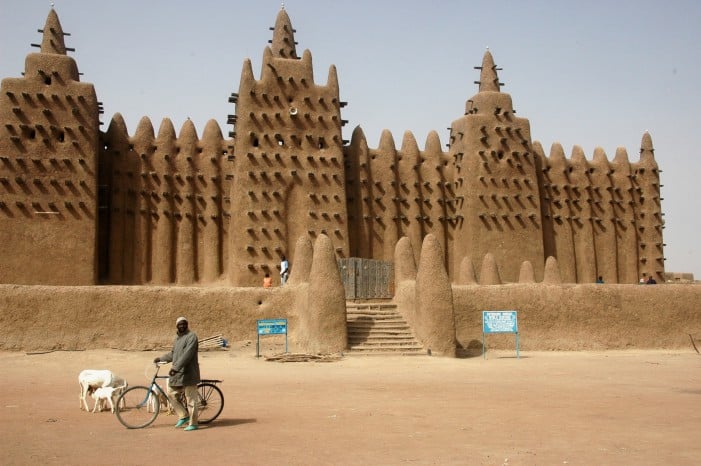
Considered to be the largest existing mud brick building in the world, the Great Mosque of Jena is located on the banks of the Bani River in Mali. Originally built in the 13th century, it fell into ruins around the 17th century and was completely rebuilt in 1907 in Sudano-Sahelian architecture.
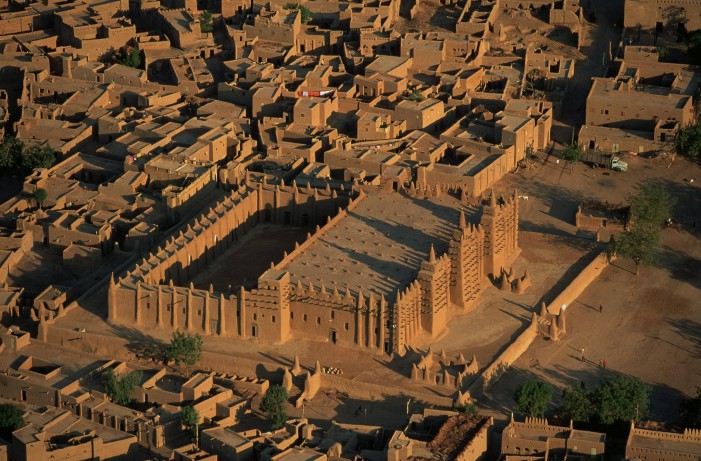
The Great Mosque of Jena, still used by Muslims today for worship, is one of the most popular landmarks on the African continent. Built on a square base of about three meters high, it is about 16 meters high. In 1988, the Great Mosque of Jena and the Old Town were named a World Heritage Site by UNESCO.
Chand Baori (India)
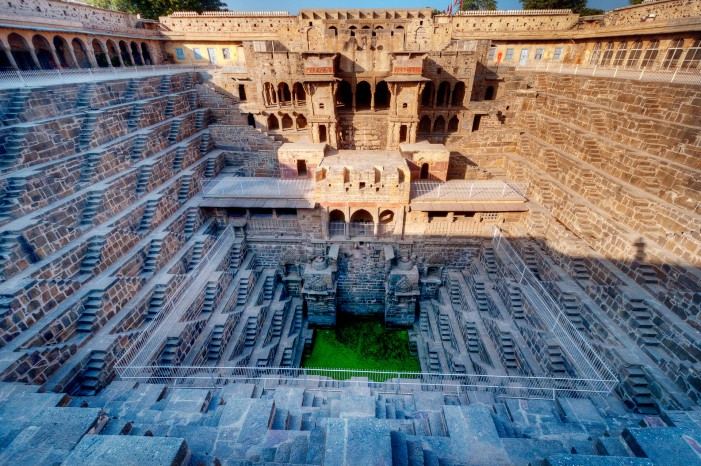
The step well known as Chand Baori is located in the ancient village of Abhaneri in the state of Rajasthan. In the past, it was named as ‘Abha Nagri’ or the City of Light, but today it is in ruins, but it was very prosperous around 800 AD, according to historical sources.
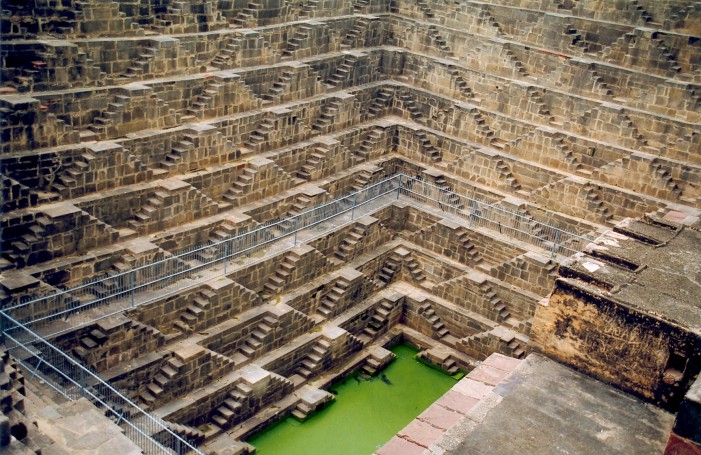
Built during the reign of King Chandra at the same time as the city was built, Chand Baori Well has 3,500 steps spread over 13 floors and is approximately 100 feet deep. Hence, it is currently considered to be the deepest and largest step well in India and the oldest and most tourist attraction in Rajasthan. After constructing the Chand Baori well, it has been dedicated to Goddess Harsiddhi, the ruler of happiness.
Parliament House (Romania)
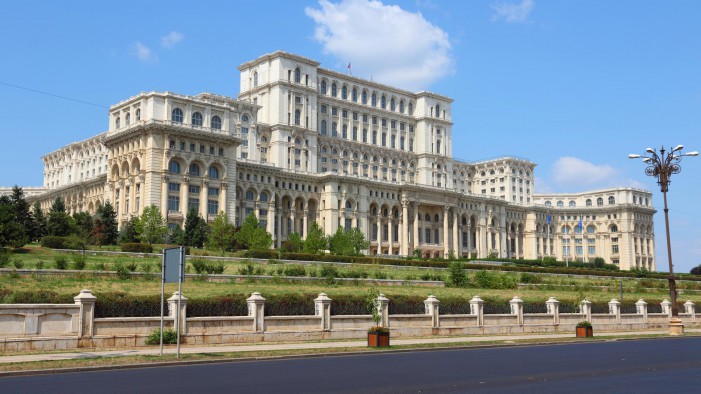
The Parliament House of Romania, which is considered the heaviest building in the world, is located in the capital city of Bluecrest. It weighs approximately 4,098,500,000 kilograms (4,098,500 tons). The second largest administrative building in the world, this is also considered to be the most valuable administrative building. The total cost of the Parliament House, which was completed in 1997, was three billion euros.
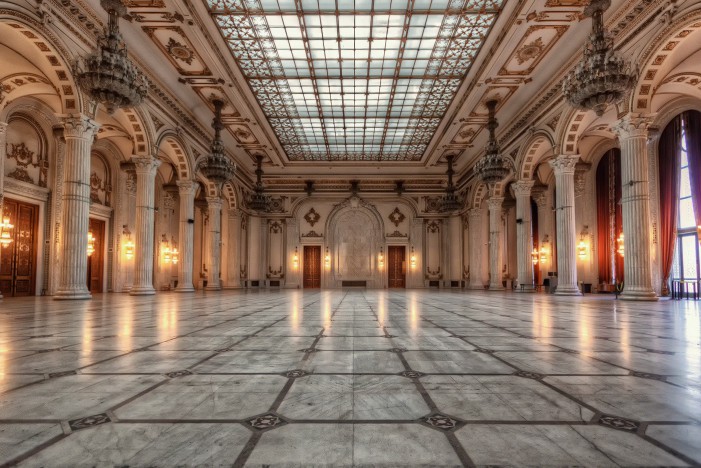
With the contribution of 700 architects, it was built entirely using raw materials produced in Romania. The total number of rooms in the Parliament House is 1,100, consisting of a dozen floors. Reports indicate that the annual maintenance cost of this temple, which is popular among visitors due to the beautiful cluster lights found inside the shrine, exceeds US$6 million.
Stari Most or Old Bridge (Bosnia and Herzegovina)
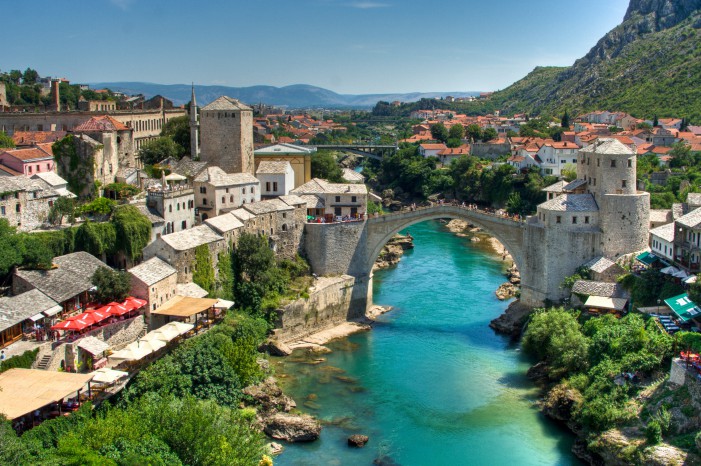
The Stari Most or Old Bridge, built during the Ottoman Empire in the 16th century, is located in Mosta, Bosnia and Herzegovina. It joins two parts of the city separated by the Neretva River. The old bridge, which stood intact for 427 years, was destroyed during the 1993 Croat-Bosniak war and was rebuilt and opened to the public in 2004.
Considered one of the most famous landmarks in Bosnia and Herzegovina, this is a masterpiece of Balkan Islamic architecture. It was designed by Mimar Sinan, who was the chief architect of the Ottoman Turkish Empire.
Kumbhalgarh Fort (India)
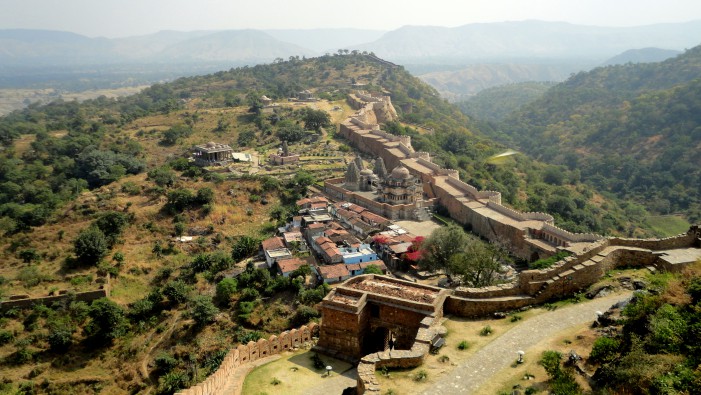
The Indian state of Rajasthan, which means ‘Land of Kings’, is famous for its ancient forts. It was built in the 15th century by King Rana Kumbha aka Kumbhakarna. It was used for war until the 19th century and is currently open for public exhibition and in 2013 it was named as a World Heritage Site by UNESCO along with other forts in Rajasthan.

The wall built for the protection of the fort extends to a distance of 38 kilometers. It is considered to be the largest wall in the world after the Great Wall of China. Similarly, Kumbhalgarh Fort is the largest fort in Rajasthan after Chittogarh Fort.
Sheikh Lotfolah Mosque (Iran)
Sheikh Lotfolah Mosque, which is considered to be one of the most important works of Persian architecture, was built during the Safavid dynasty in the 17th century. Located in Isfahan, Iran, it was designed by an architect named Sheikh Bahai. The small Sheikh Lotfola Mosque has been used as a private mosque for the royals.
Very beautiful Persian carpets have been used in the past to cover the floor here with beautiful tiles, beautiful Islamic script and delicate scroll designs.
Deirawar Fort (Pakistan)
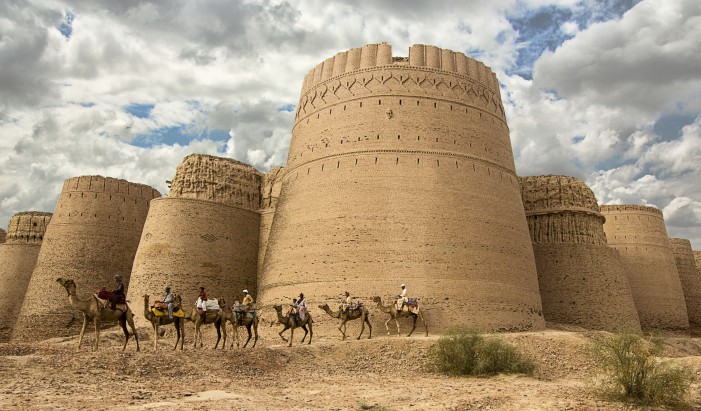
Deirawar Fort in Pakistan was built in the 9th century in the shape of a square. It was on the knowledge of King Rawal Devaraj Batti. In the middle of the Cholistan desert



